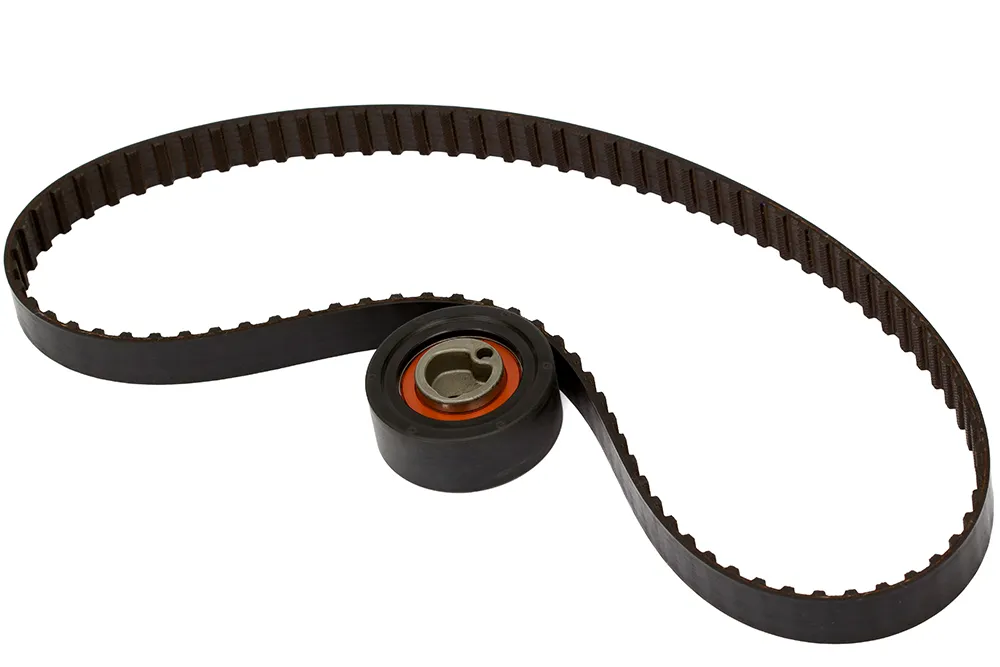One of the best ways you can protect your car, truck, C/SUV, or van’s engine is by opening up the owner’s manual to see when the timing belt needs to be replaced. The mileage milestone is usually 60,000 miles. When you reach that milestone, get the timing belt replaced. Journey Auto Repair warns that if you fail to do so, you could seriously damage your engine.
What Is the Timing Belt?
The timing belt is basically a large rubber band with teeth (but much stronger, of course). The teeth interlock in the cogwheels found in the camshafts – your vehicle has two – and the crankshaft. The timing belt is called the timing belt because it synchronizes the intake and exhaust valves to open and close as the pistons move up and down. This keeps everything running in unison so no engine part collides with another and gets damaged.
When Should I Replace the Timing Belt?
As we mentioned above, the average lifespan of a timing belt is 60,000 miles, and you should change it before it breaks. It’s best to go by what your vehicle’s manufacturer recommends, but if you notice any of the following symptoms, your timing belt could be wearing down prematurely:
- A check engine dashboard warning
- A decrease in the engine’s power
- Constant overheating
- Difficulty starting your automobile
- Oil leaks
- Squealing noises coming from the engine
- Ticking noises coming from the engine
- Your vehicle shaking or vibrating
Any of these signs of timing belt problems can forewarn you that the belt is about to break, and as we said before, it’s important to heed the warning and replace the belt rather than allow it to break. A broken timing belt can wreak havoc in your engine, so let’s talk about that next.
What Happens if the Timing Belt Breaks?
We mentioned previously that the timing belt is called the timing belt because it times the valves to open at the right moment so the pistons do not crash into them when they move upward. With this in mind, you probably don’t need up to explain what will happen if the timing belt breaks, but let’s talk about it anyway because we want you to avoid this engine disaster.
When the timing belt breaks, the pistons crash into the valves, and both engine parts are severely damaged. That isn’t the only thing that can go wrong, however. The timing belt can also wipe out other engine parts as it slaps around inside the engine. Your car will shut down immediately and the damage will be extensive and expensive.
Rather than open yourself up to such engine damage, let Journey Auto Repair in New Hope, MN, replace your timing belt when it needs it. Call us today for an appointment.

